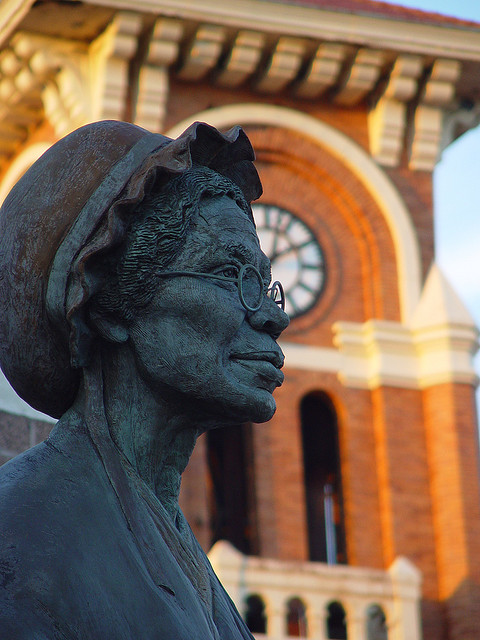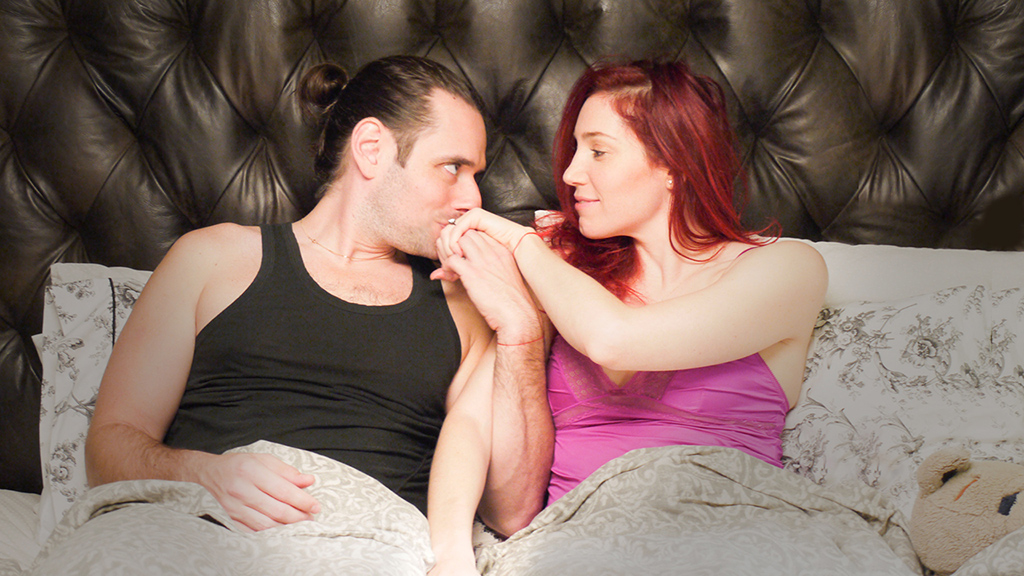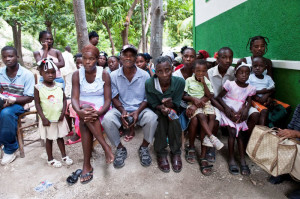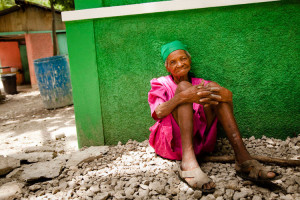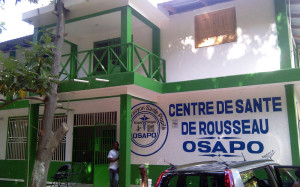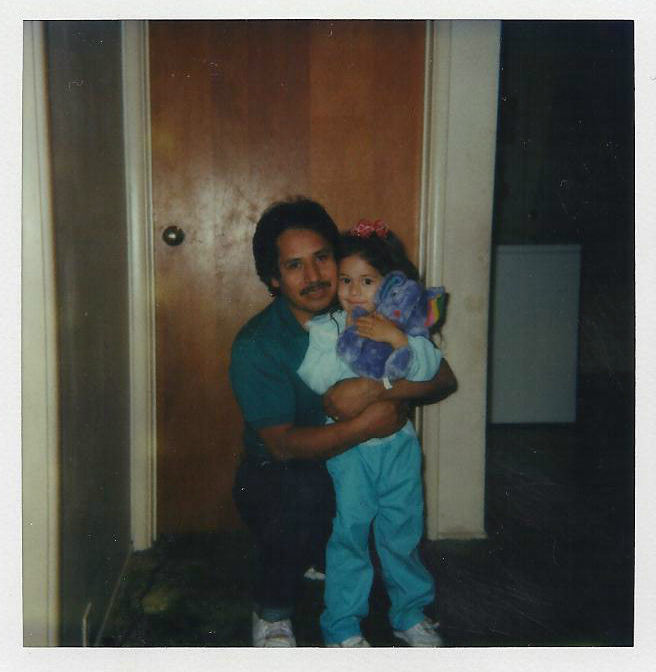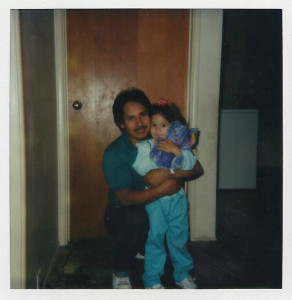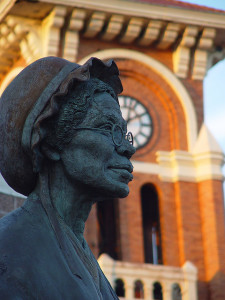
“Well, children, where there is so much racket there must be something out of kilter.”
Thus began Sojourner Truth’s famous 1851 speech, “Ain’t I a Woman?” Or, at least, this is what we’ve been led to believe by suffragette and abolitionist Frances Dana Barker Gage. It’s her version of Truth’s extemporaneous oration that became popularized in American history.
According to one of Gage’s accounts of what happened at the Women’s Convention in Akron, Ohio, she granted Truth the opportunity to speak at the podium, in spite of protests from white suffragettes. They feared the emancipated slave would detract from their cause by bringing up the issue of slavery. Instead, in Gage’s telling, Truth acknowledged “negro’s rights” only in passing and focused on the rights of women.
To some, this account may come across as a heartwarming moment of white feminist solidarity in the face of race-based tensions. To others, like me, the story serves the suffragists’ agenda too neatly. A white woman gave a black woman a platform to speak, and she used that platform to support the cause of women who had just moments before called for her silence?
Historians have poked many holes in the accuracy of Gage’s retellings. In fact, much of what we’ve come to know about Truth’s “Ain’t I a Woman?” speech may have been fabricated by Gage.
When #SolidarityIsForWhiteWomen tweets began flooding my Twitter feed on Monday, I thought about the historical revisionism of Truth’s speech. Although a part of me wishes I still believed the rousing and monumentalized story, knowing the dubious purpose it served makes the words feel hollow. My enthusiasm for feminism long since waned in the wake of critiques from people who have been marginalized in the movement.
More than a 150 years after the delivery of Truth’s speech, many white feminists have yet to internalize the seminal theories contained in works like The Combahee River Collective Statement, This Bridge Called My Back, and the INCITE! anthologies. Our refusal to accept the perspectives of women of color regarding our shared history means white women continue to resist, dismiss, and ignore the same critiques when they are made today.
I was humbled by the magnitude of feminist history that was contained in Mikki Kendall’s spontaneous #SolidarityIsForWhiteWomen tweet — its force enough to ascend the hashtag to trending in a matter of hours. But my delight quickly turned to dismay when the responses sought to divorce the hashtag from its historical context. So, I paused to remind myself that we all have different points of entry into conversations about race and feminism. After all, my own public introduction was something of a mess.
I stumbled into web-based debates about race and feminism in 2007 by writing a shamefully indelicate review of Jessica Valenti’s Full Frontal Feminism. My utter lack of humility was justly greeted with a rather harsh smack down from a number of influential feminist bloggers, including Valenti. With arrogant amusement, I fired back and people came to my defense.
Except, the exchange that occurred wasn’t happening because anyone wanted to defend me. It was happening because I’d unknowingly expressed similar critiques to ones that had been lodged long before my review. Because I’m a white girl it didn’t have to occur to me that there might be discord between white feminist and women of color bloggers. And once I did see it, I thought all anyone needed from me was a declaration of solidarity.
The thing is, my actions weren’t really about being in solidarity with anybody. They were about doing what I needed to feel good about myself, to be seen as a white girl who “gets it” when it comes to race. I thought differentiation and distancing from the “bad” white feminists would show that I understood what people of color have been saying for all these years. That was a selfish mistake. I should have realized that the work to end racism isn’t going to be comfortable — for me or anyone else.
Many of the responses I’ve seen to #SolidarityIsForWhiteWomen criticize the hashtag for its supposed alienation of white allies, angry tone, and defensive divisiveness. But those allegations overlook the context from which the hashtag emerged. Hugo Schwyzer debacle aside, Mikki Kendall is not the first woman of color to point out that some white feminists claim to speak for all women while excluding the concerns of a great number of them. So long as white women dictate a revisionist feminist history, just like Frances Dana Barker Gage did with Sojourner Truth, the conversation about race and feminism will continue its circular path.
#SolidarityIsForWhiteWomen wasn’t meant to be an invitation for white feminists to participate in a discussion about white women’s privilege — again. It was intended to be an outlet for a woman of color’s frustrations. It turned into a clever litany of injuries women of color have endured (and do endure) due to the actions (and inactions) of white women whose solidarity has been illusive. The anger some women of color have expressed through #SolidarityIsForWhiteWomen is justifiable in the face of white women’s consistent and systematic exclusion of what they say is critical for their survival.
Sometimes I think I’ve got this social justice thing on lock, but in truth, none of us do. We’re all fumbling through it and doing the best we can, hoping it’s better than those who came before us. In some ways, it is. That doesn’t mean we can allow ourselves to be seduced into complacency in order to meet our own needs and desires. It means that, although we are learning, we have the responsibility to be vigilant about how far we have left to go — and move things forward.
Whether we own them or don’t own them, our respective privileges are still there. We may not be able to eliminate their power, but we can mitigate their capacity for damage by making different choices. Sometimes those choices will be uncomfortable, but the discomfort is an indication that we are living into change. The discomfort is an opportunity to do something better that we have done it in the past. The discomfort is necessary for growth.
We all have the need to feel we are being heard, but it’s not enough for white folks to simply stop speaking and listen. We also have to learn to see and empathize with other people’s points of entry. We have to be honest about our own motivations when doing antiracist work, especially when we muck it up. We have to lift while we climb, but resolve to do this outside of our own cliques and communities. We have to stop denying that putting our own self-interest first is hindering collective progress.
In the process of learning to live with and learn from our discomfort, we may just find the means for healing.
Mandy Van Deven Mandy Van Deven was previously In The Fray’s managing editor. Site: mandyvandeven.com | Twitter: @mandyvandeven
- Follow us on Twitter: @inthefray
- Comment on stories or like us on Facebook
- Subscribe to our free email newsletter
- Send us your writing, photography, or artwork
- Republish our Creative Commons-licensed content

